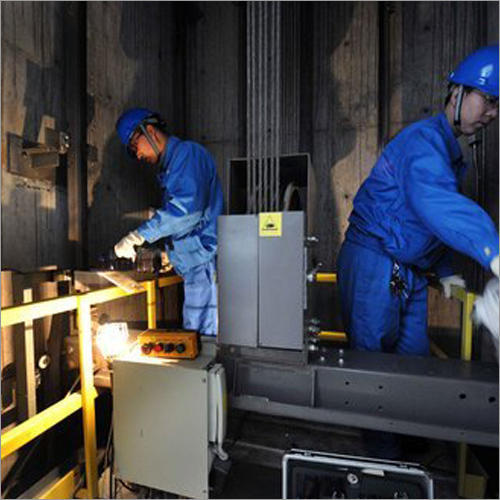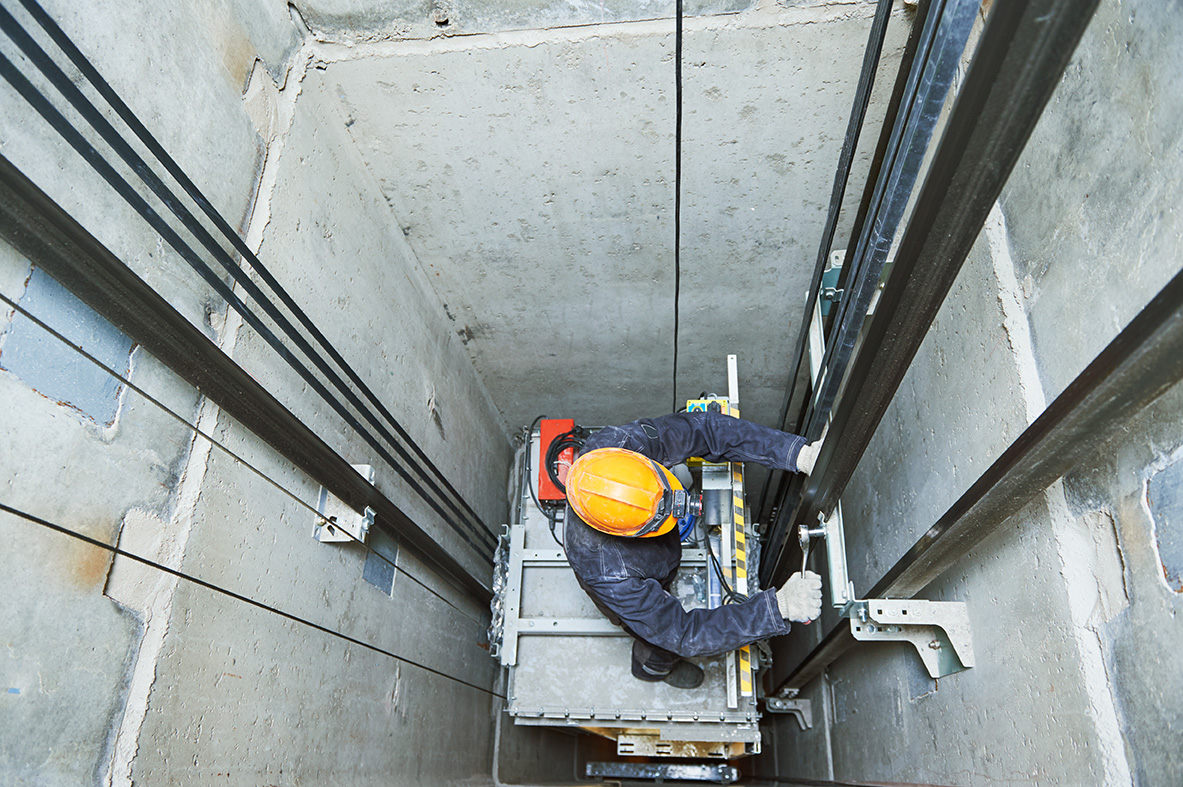Budget Friendly Lift Maintenance Services in London: Top Lift Repair Companies Near Me
Budget Friendly Lift Maintenance Services in London: Top Lift Repair Companies Near Me
Blog Article
Comprehensive Overview to Lift Systems and Their Maintenance
Navigating the detailed world of elevator systems and their upkeep is a job that requires precision and understanding. From the numerous kinds of elevator systems in operation to the careful adherence to safety and security laws, the maintenance of these vertical transport gadgets is a complex endeavor. As structures rise greater and technology advancements, the requirement for a thorough understanding of elevator systems comes to be increasingly vital. Join us as we unwind the intricacies of lift maintenance, checking out usual problems, best methods, and sophisticated modern technologies that form the modern-day landscape of vertical transportation.
Kinds of Elevator Solutions
Elevator systems can be found in various kinds, each developed to fit particular structure demands and user requirements. One of the most typical kinds include hydraulic lifts, traction elevators, machine-room-less elevators, and vacuum elevators. Hydraulic lifts are ideal for low-rise structures and make use of a hydraulic piston to relocate the elevator auto. Traction lifts, on the other hand, are a lot more fit for high-rise buildings and make use of steel ropes and weights to relocate the car. Machine-room-less lifts are a space-saving option as they do not need a different equipment area for the elevator equipment. Vacuum lifts, a more modern technology, usage air stress differentials to relocate the vehicle within a transparent tube.
Each kind of elevator system has its very own benefits and disadvantages, making it essential for structure owners and programmers to very carefully consider their details needs prior to selecting the most ideal choice. Factors such as developing elevation, space availability, energy performance, and budget constraints all play a considerable role in figuring out the most effective elevator system for a specific building.
Usual Upkeep Issues
Routine upkeep of elevator systems is vital to make sure smooth operation and lengthen their lifespan. Regardless of normal upkeep, lift systems can still come across common upkeep problems that need to be quickly addressed to avoid disturbances in solution. One of the most regular problems is door breakdowns. Elevator doors might get misaligned, bring about issues with opening and closing properly. This can create delays and security risks, requiring instant focus from maintenance technicians. One more typical issue is associated with the elevator's leveling precision. If the elevator doesn't straighten correctly with the floorings, passengers might experience tripping risks and discomfort. Furthermore, concerns with the control system, such as sensor troubles or electrical issues, can trigger the elevator to malfunction or quit working entirely. Normal examinations and proactive upkeep can assist recognize and resolve these usual upkeep problems prior to they rise and affect the general efficiency of the lift system.
Safety Laws and Compliance
Complying with strict security policies and guaranteeing conformity with market requirements are vital for keeping the functional integrity of elevator systems. Elevators are subject to a detailed set of security policies to guard passengers, maintenance employees, and the public. Governing bodies such as the Occupational Safety and Health Management (OSHA) in the USA and the European Lift Organization (ELA) in Europe develop guidelines that cover numerous aspects of lift style, operation, installation, and maintenance.
Conformity Recommended Site with these laws is not only a legal requirement but also a moral responsibility for building owners and lift upkeep firms. Failure to meet safety and security standards can cause fines, legal liabilities, and, most significantly, endanger the security of people utilizing the elevator. Normal inspections, upkeep checks, and adherence to security procedures detailed in the guidelines are necessary to guarantee the reliable and secure operation of lift systems. By focusing on safety and security guidelines and conformity, stakeholders can maintain the trust of the public and reduce prospective threats connected with lift usage.
Best Practices for Upkeep

One more vital best practice is to without delay deal with any documented problems or uncommon noises to avoid additional damage. Implementing a proactive method to upkeep can save money and time in the long run by preventing costly repair work or substitutes. Structure owners should also take into consideration buying innovation upgrades to enhance the efficiency and safety of their elevator systems. By adhering to these finest practices, elevator systems can run efficiently and securely, supplying trusted vertical transport for passengers.

Advanced Technologies for Effectiveness
Applying innovative see modern technologies in elevator systems can substantially improve functional efficiency and passenger experience. These systems permit guests to input their desired flooring prior to getting in the lift, which after that guides them to the most reliable vehicle.
In addition, the assimilation of wise sensing units and anticipating upkeep abilities has actually revolutionized lift upkeep. These sensing units can identify potential concerns before they rise, making it possible for positive upkeep interventions and decreasing downtime. In addition, making use of energy-efficient elements and regenerative drives helps in reducing power usage and operating expenses in lift systems.
Moreover, the application of cloud-based tracking and remote diagnostics enables for real-time monitoring of elevator performance and instant troubleshooting of any malfunctions. This aggressive approach not only improves system dependability however also enhances the overall customer experience by making certain continuous and smooth lift operations.
Verdict
In conclusion, comprehending the different kinds of lift systems, usual maintenance problems, security regulations, ideal maintenance techniques, and progressed innovations for effectiveness is vital for making certain the smooth procedure of elevators. By adhering to safety laws why not look here and carrying out finest methods for upkeep, building owners can prolong the life-span of their lift systems and make certain the safety of passengers. It is necessary to remain updated on the most up to date improvements in elevator modern technology to boost effectiveness and integrity.
The most usual types consist of hydraulic elevators, grip lifts, machine-room-less elevators, and vacuum cleaner lifts. Hydraulic lifts are excellent for low-rise structures and make use of a hydraulic piston to relocate the lift vehicle. Machine-room-less lifts are a space-saving choice as they do not require a different equipment room for the lift machinery. Normal evaluations and positive upkeep can aid determine and deal with these usual maintenance concerns prior to they escalate and affect the total performance of the lift system.

Report this page